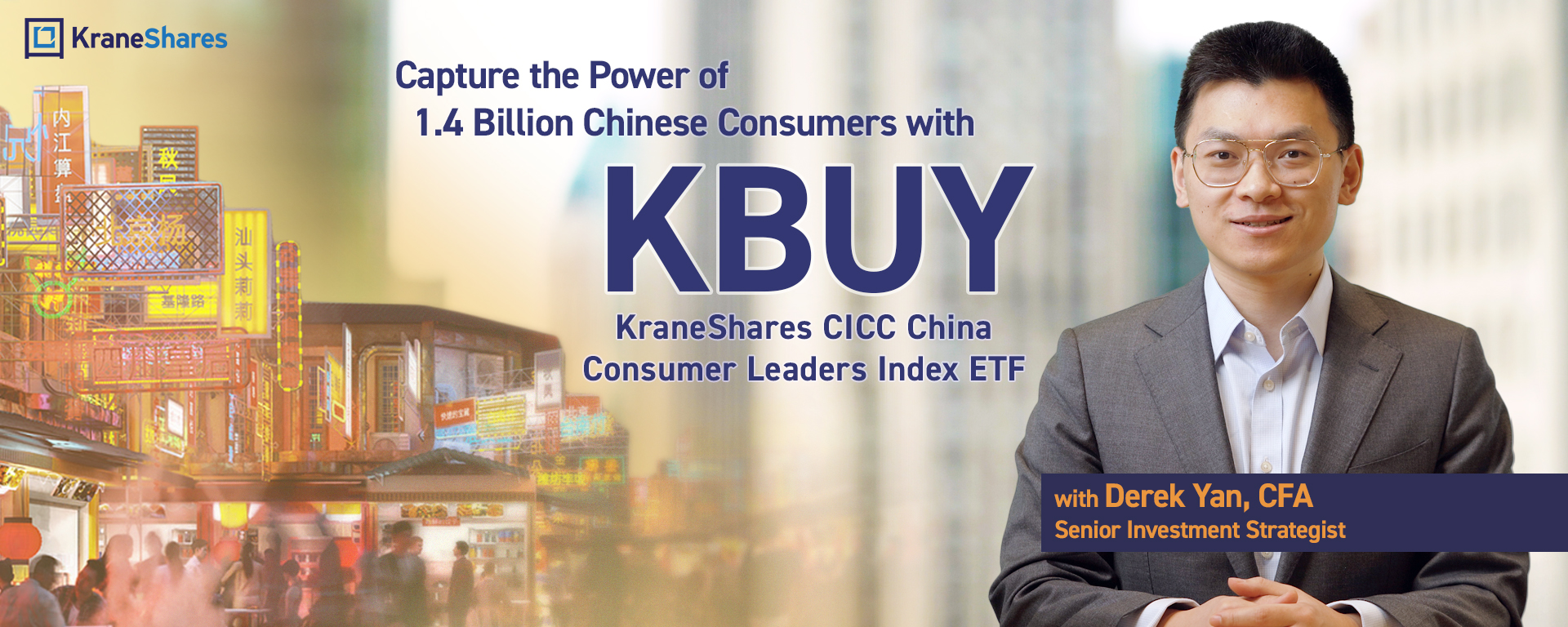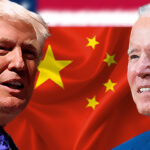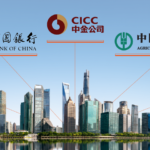
Capture the Power of 1.4 Billion Chinese Consumers with KBUY
Transcript
Hi, I'm Derek Yan, Senior Investment Strategist with KraneShares. Today I want to introduce you to the investment opportunity behind 1.4 billion consumers in China.
The Chinese Consumer Market & the Global Economy
It’s truly remarkable how far the Chinese middle class has grown during the past few decades.
Back in the year 2000, 94% of Chinese urban households are considered poor, making less than $8,000 a year. But now, as people move to cities, creating new businesses and getting higher paying jobs, the majority of China's urban households have become middle class. And by 2030, McKinsey projects that the upper middle class and high-income population is going to double, creating massive spending power for global consumer companies.
The Chinese consumer market has become the driving force of the global economy, surpassing the United States in the year 2019, and it reached a staggering $6.4 trillion in the year 2022. One great example is Singles Day, which is the equivalent of Black Friday. So last year, the Singles Day sales reached $140 billion, which is ten times higher than the Black Friday sales.
A Demand for Luxury and the Rise of "China Chic"
Today, China has the largest luxury market in the world. Companies like LVMH and Burberry all rely on China for their future growth. But the tastes of Chinese consumers are changing. The trend of Guochao or “China Chic” refers to people in China preferring domestic Chinese brands. Domestic company Anta, for example, surpassed Adidas as the second most popular sportswear brand after Nike.
The Strong Recovery of Consumer Demand Post COVID-19
China has been reopening since the end of last year. The retail sales have been recovering and will continue to grow. Our Cultural Analyst, Xiabing Su, recently observed a strong recovery in consumer activity on a visit to Beijing.
Xiabing's Segment
Xiabing Su: Hi guys, I’m Xiabing from KraneShares. I’m now at Nanguoguxiang, which is a famous Hutong in Beijing. I’ve been always curious about how traditional Hutong culture can be combined with modern consumption. Let’s go and check it out! We are going to interview a few random people on the street.
A Hutong is a lane or alley formed by traditional courtyard compounds lining both sides.
Beijing Hutong is not only a pass in this city, but also the vital stage showing the history of the ancient capital.
I just saw him walking by wearing Li-Ning, so I would like to know your point of view on this brand. I know it represents a hot trend called China Chic.
Interviewee #1: Right. The design of Li-Ning looks more fashionable than before, since this is an old name in business. When I was in school, Nike and Adidas were preferable at that time. But now, I will consider buying Li-Ning. The price is getting up at the same. I hope it could be more worthy to purchase Li-Ning.
Xiabing: What’s your choices of brands on electric devices like phones and fridges?
Interviewee #2: I use iPhone for phone. For electric devices like fridges, we use Midea in our home, it's everywhere. Also Joyyoung. These are all domestic brands.
Xiabing: What do you think of their quality?
Interviewee #2: We used those since childhood till now. They don't have any quality issue. We also have been using Haier’s fridges, the little two brothers (previous logo of Haier), since my childhood. They work fine.
Xiabing: How do you compare domestic brands and foreign brands?
Interviewee #2: I don’t think there is any problem with domestic brands.
Xiabing: Thank you very much!
After reopening from the pandemic, the increasing consumption and travel makes Beijing’s Hutong more crowded than ever. The confidence of Chinese consumers is recovering. We also notice that Chinese domestic brands are on the rise. At first, people are attracted by their cheaper prices and decent quality. Now, many Chinese domestic brands are forming their own culture and even lead a new fashion trend, and we call it “China Chic,” just like the perfect combination of Hutong culture and its consumption.
Investing with KBUY: the KraneShares China Consumer Leaders Index ETF
KraneShares China Consumer ETF, KBUY, captures the trends of “China Chic” and the growing domestic consumption opportunities. It includes industries like food and beverage, restaurants, apparel, and home appliances. These domestic companies have become so competitive through their innovative design, culturally aligned marketing, and growing e-commerce distribution. They've been doing business in China for decades, which means they already have the trust of Chinese consumers. That trust is a long-term advantage as the Chinese consumer base continues to grow in the future.
With strong GDP growth, low inflation, and an easy monetary policy, China and KBUY offer global investors a great investment opportunity in 2023 and beyond. For more information about China and to invest in KBUY, please visit KraneShares.com.
Thanks for watching!
For KBUY standard performance, top 10 holdings, risks, and other fund information, please click here.
This material contains Derek Yan's opinion. It should not be regarded as investment advice or a recommendation of specific securities. Holdings are subject to change. Securities mentioned do not make up the entire portfolio and, in the aggregate, may represent a small percentage of the fund.


















